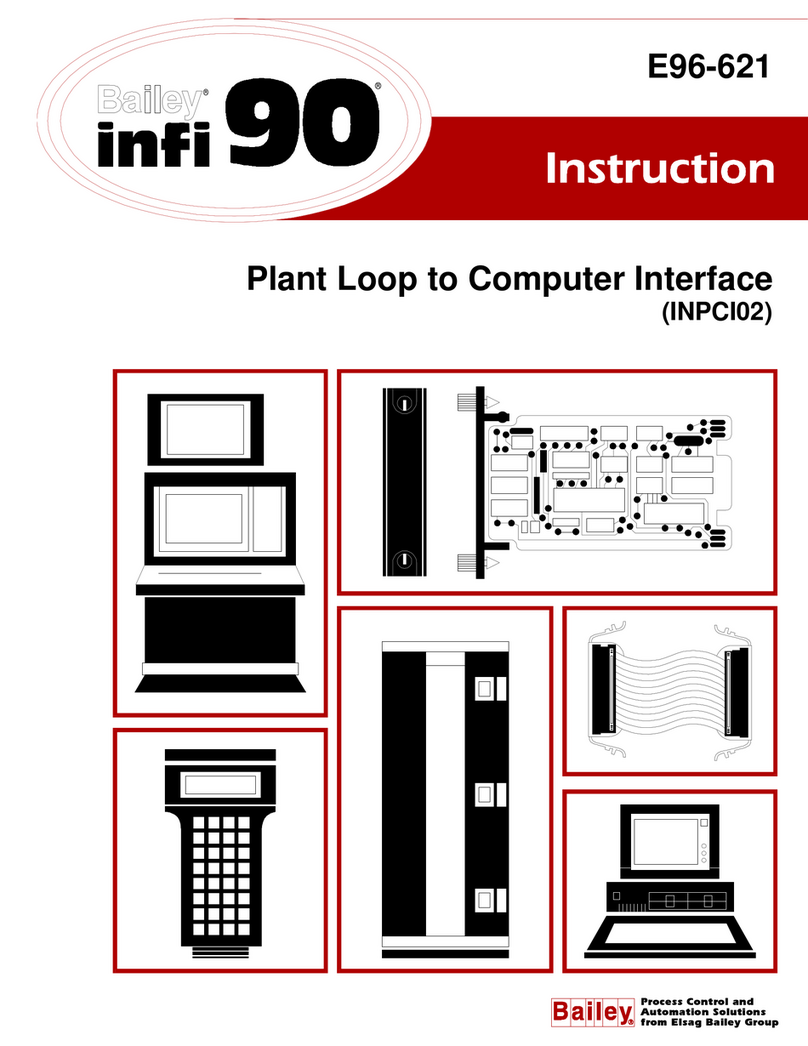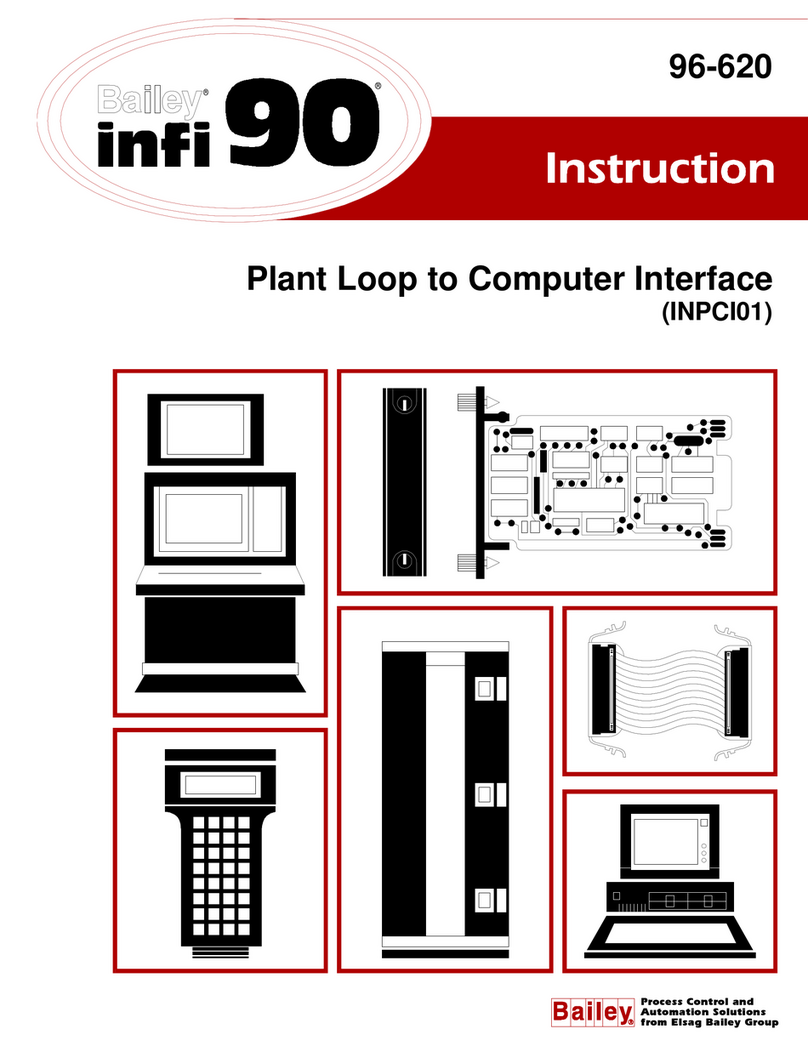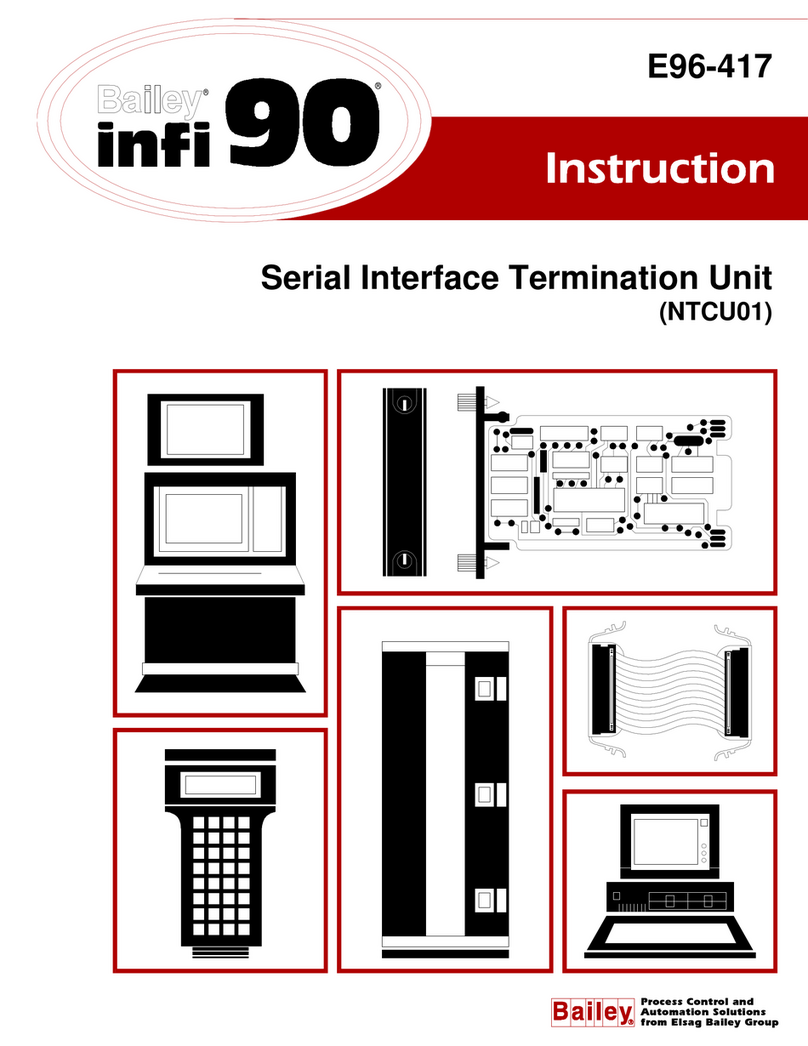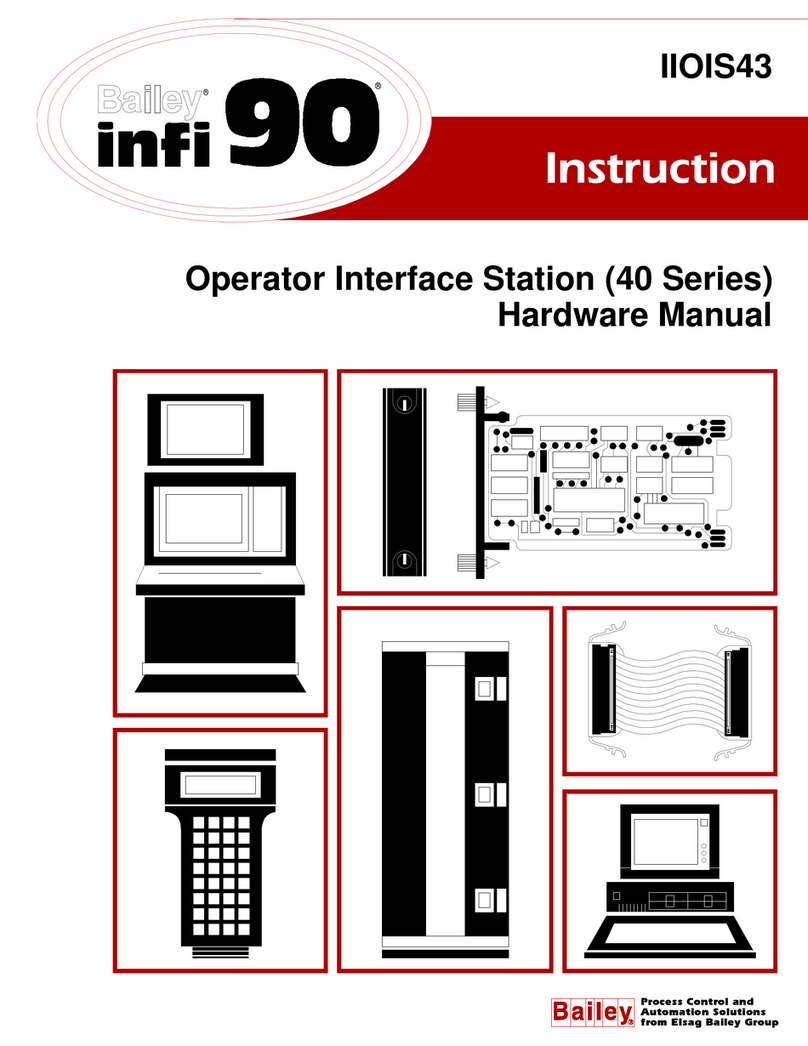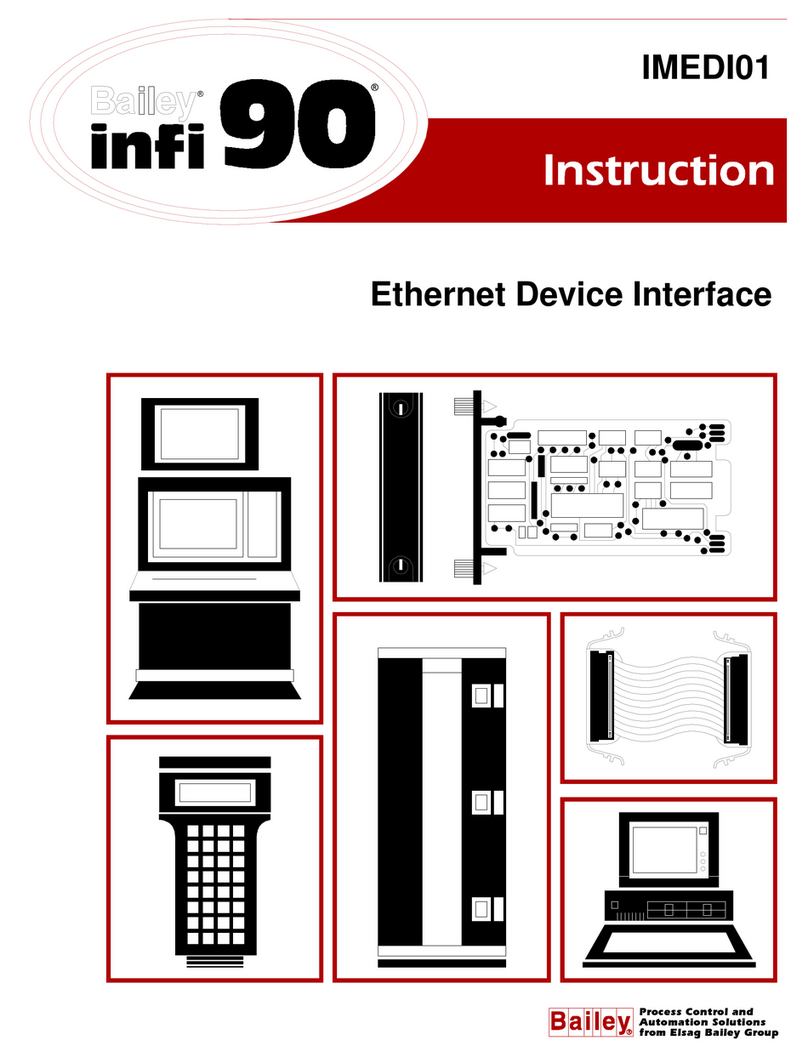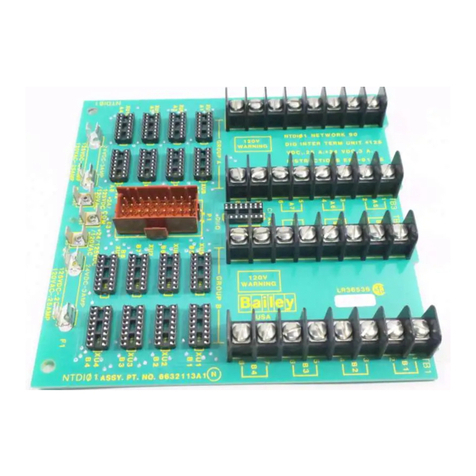
Table of Contents
Page
I-E96-624A iii
SECTION 1 - INTRODUCTION....................................................................................................1-1
OVERVIEW ..................................................................................................................1-1
INTENDED USER.........................................................................................................1-1
HARDWARE DESCRIPTION..........................................................................................1-2
Plant Loop to Plant Loop Transfer Module (INPPT01) ..............................................1-2
Bus Transfer Module (INBTM01) ............................................................................1-2
Loop Interface Module (INLIM03) ............................................................................1-2
Additional Hardware ..............................................................................................1-2
FEATURES...................................................................................................................1-2
INSTRUCTION CONTENT .............................................................................................1-3
HOW TO USE THIS MANUAL .......................................................................................1-3
GLOSSARY OF TERMS AND ABBREVIATIONS .............................................................1-4
REFERENCE DOCUMENTS..........................................................................................1-5
NOMENCLATURE ........................................................................................................1-5
SPECIFICATIONS.........................................................................................................1-6
SECTION 2 - DESCRIPTION AND OPERATION........................................................................2-1
INTRODUCTION...........................................................................................................2-1
LOCAL/REMOTE COMMUNICATIONS..........................................................................2-1
DATA INTEGRITY .........................................................................................................2-2
TIMING INTERVAL .......................................................................................................2-2
Transmit/Receive Timing .......................................................................................2-3
SECTION 3 - INSTALLATION.....................................................................................................3-1
INTRODUCTION...........................................................................................................3-1
SPECIAL HANDLING ....................................................................................................3-1
UNPACKING AND INSPECTION ....................................................................................3-1
INPPT01 SWITCH SETTINGS ........................................................................................3-1
Option Switch (U72)...............................................................................................3-2
Serial Port Communication Rate (U73) ...................................................................3-3
Loop Address (U75) ................................................................................................3-4
INLIM03 SWITCH SETTINGS ........................................................................................3-5
INBTM01 SWITCH SETTINGS.......................................................................................3-7
TERMINATION UNIT (MODULE) CONFIGURATION .......................................................3-8
NTMF01/NIMF01/NIMF02 Configuration...............................................................3-8
One-way Control..............................................................................................3-8
Two-way Control............................................................................................3-10
NTCL01/NICL01 Configuration ............................................................................3-10
INSTALLING THE INTERFACE MODULES ..................................................................3-10
Installing the INPPT01 .........................................................................................3-10
Installing the INLIM03 and INBTM01 ...................................................................3-11
INSTALLING A REDUNDANT INTERFACE...................................................................3-12
INTERFACE CONFIGURATION ...................................................................................3-12
SECTION 4 - OPERATING PROCEDURES................................................................................4-1
INTRODUCTION...........................................................................................................4-1
PLANT LOOP TO PLANT LOOP TRANSFER MODULE LEDs AND CONTROLS ................4-1
Status LED ............................................................................................................4-2
CPU LEDs..............................................................................................................4-2
Memory LEDs ........................................................................................................4-2
